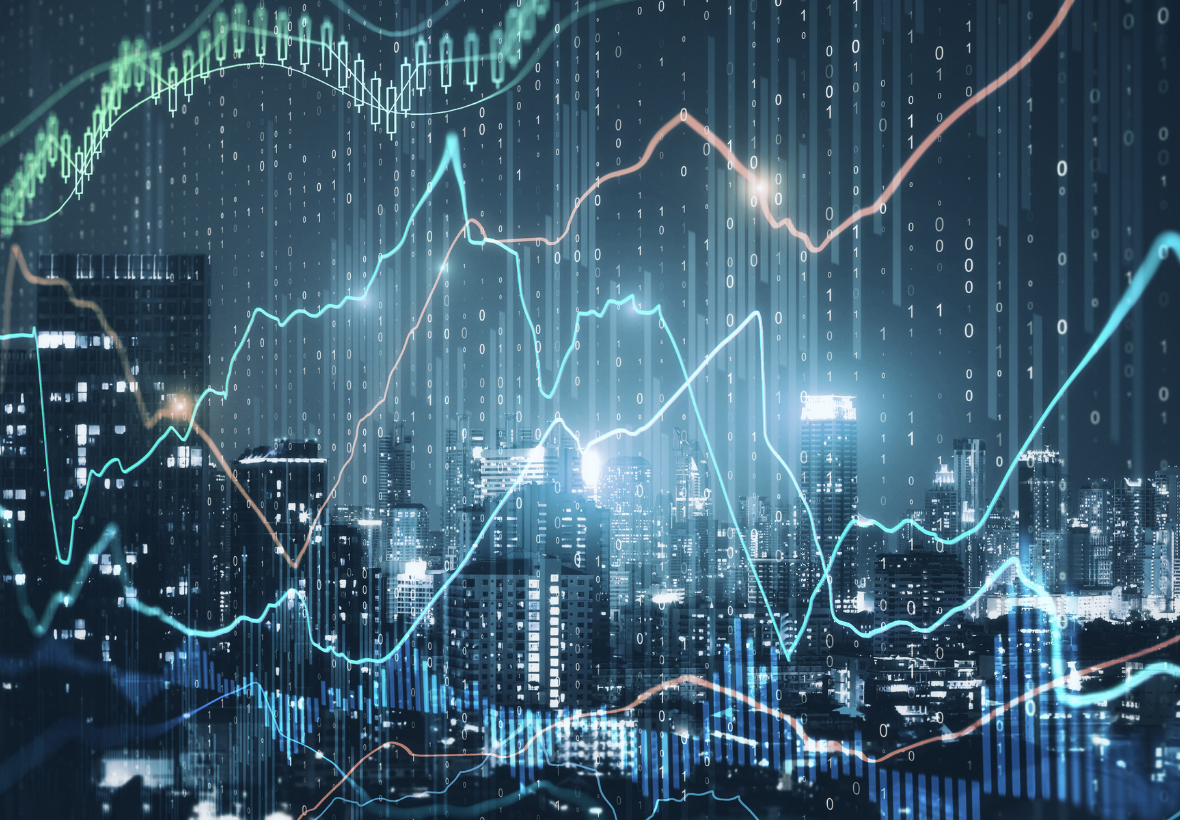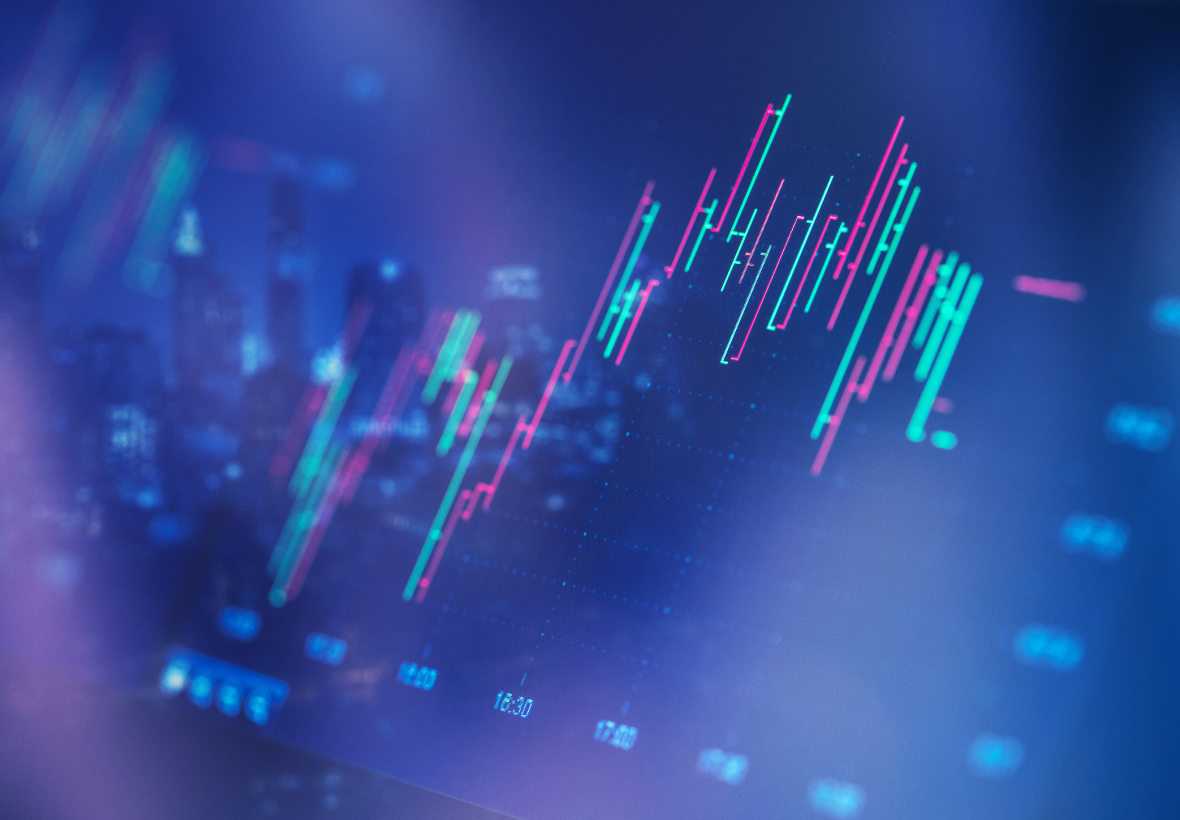One technological advancement is the use of trading bots in financial markets. Trading bots are computer programs designed to execute trades based on predefined algorithms and strategies. While these bots offer numerous advantages, it is crucial to examine the ethical considerations surrounding their use. This article delves into the ethical aspects of employing trading bots in financial markets, shedding light on the potential benefits, risks, and concerns associated with their implementation.
Transparency and Fairness
Transparency and fairness are critical considerations when examining the ethical aspects of using trading bots in financial markets. Let’s explore the key elements and compare their implications in the context of trading bots.
|
|
Transparency |
Fairness |
|
Definition |
Transparency refers to the clarity and openness in the functioning of trading bots and the impact they have on market dynamics. |
Fairness pertains to the equitable treatment of market participants and ensuring equal opportunities for all traders, regardless of their resources or technological capabilities. |
|
Importance |
Transparency is crucial to maintain market integrity and promote investor confidence. It ensures that trading activities are conducted in a manner that is visible and understandable to all participants. |
Fairness is essential for creating a level playing field where all traders have an equal chance to succeed, fostering trust and integrity in financial markets. |
|
Challenges |
Trading bots, by their nature, may operate with complex algorithms and strategies, making it difficult to fully understand their decision-making processes. This lack of transparency can lead to concerns regarding hidden biases or unfair advantages. |
The use of trading bots can create disparities in access to market information and trading opportunities. Those with sophisticated bots and greater financial resources may gain an unfair advantage over smaller traders, potentially compromising fairness in the market. |
|
Solutions |
To address transparency concerns, regulators and market participants can advocate for greater disclosure requirements, such as mandating clear documentation of algorithms and trade execution processes. Regular audits and third-party assessments can help ensure transparency. |
To enhance fairness, regulatory bodies can establish guidelines to prevent discriminatory practices and promote equal access to market data and trading infrastructure. Ensuring robust market surveillance and effective enforcement mechanisms can deter any attempts to manipulate or exploit the system for unfair advantages. |
|
Balancing Act |
While transparency is crucial, striking the right balance is essential to avoid exposing sensitive proprietary information. Stricter regulations may impede innovation and competitive advantages for firms developing trading bots. |
Achieving perfect fairness is a challenging task, as market dynamics are influenced by various factors beyond the control of trading bots. Balancing the interests of different market participants while maintaining a fair environment is a delicate process that requires ongoing assessment and fine-tuning of regulations. |
Transparency and fairness are integral to the ethical use of trading bots in financial markets. Striving for transparency ensures visibility into the operations of trading bots, promoting market integrity. At the same time, maintaining fairness safeguards equal opportunities for all traders, mitigating the risks of information asymmetry and unfair advantages. Achieving the right balance between transparency and proprietary interests, as well as striking a fair market environment, is crucial for the ethical deployment of trading bots.
Market Manipulation
The use of trading bots also raises concerns about market manipulation. Unscrupulous actors may exploit these automated systems to artificially inflate or deflate prices, creating a distorted market environment. Such manipulative practices can have severe repercussions, leading to market instability and undermining investor confidence. Regulators and market participants must work together to develop robust mechanisms to detect and prevent manipulative activities facilitated by trading bots.
Systemic Risks
Systemic risks associated with the use of trading bots in financial markets are crucial to consider from an ethical standpoint. Let’s explore the key aspects and implications of these risks.
- Interconnectedness: Financial markets are highly interconnected, and the use of trading bots introduces the risk of a domino effect. A malfunctioning or rogue bot can trigger a chain reaction of unintended consequences, potentially leading to market-wide disruptions. The rapid transmission of information and execution of trades by trading bots can amplify the impact of systemic risks.
- Flash Crashes: The occurrence of flash crashes is a significant concern related to systemic risks. These sudden and severe price fluctuations can happen within seconds, causing panic among traders and destabilizing the market. While trading bots can contribute to market liquidity, their algorithmic trading strategies may exacerbate volatility during such events.
- Liquidity Dry-Up: Automated trading through bots can have unintended consequences on market liquidity. During periods of extreme market stress, trading bots may pull back from the market, exacerbating liquidity shortages. This withdrawal of liquidity can contribute to a rapid deterioration in market conditions and potentially amplify systemic risks.
- Dependency on Technology: The reliance on trading bots and automation increases the dependency on technology. Any technological failures, glitches, or cyber attacks can disrupt the normal functioning of trading systems. These disruptions have the potential to create widespread disruptions and impact market stability.
- Regulatory Challenges: Systemic risks associated with trading bots pose challenges for regulators in maintaining market stability and investor protection. The fast-paced nature of algorithmic trading and the complexity of trading bots make it difficult for regulators to keep pace with technological advancements and develop effective oversight mechanisms.
Addressing systemic risks requires a comprehensive approach that involves both market participants and regulators.
- Risk Management: Market participants should implement robust risk management strategies to identify and mitigate systemic risks associated with trading bots. This includes stress testing algorithms, establishing circuit breakers, and implementing fail-safe mechanisms to prevent market-wide disruptions.
- Regulatory Framework: Regulators play a crucial role in ensuring market stability and mitigating systemic risks. They should develop and enforce regulations that address the ethical use of trading bots, including measures to detect and prevent manipulative activities. Regular audits and compliance checks can help ensure adherence to these regulations.
- Information Sharing: Enhanced information sharing between market participants and regulators can facilitate the early detection of systemic risks. Transparent reporting of trading activities, including the use of trading bots, can provide regulators with valuable insights to monitor market dynamics and identify potential risks.
Accountability and Responsibility
Another crucial ethical consideration is accountability and responsibility. When trading decisions are entrusted to algorithms, the question arises: Who is ultimately responsible for the outcomes? In cases of significant financial losses or system failures, it becomes challenging to attribute accountability. This lack of accountability can erode trust in financial markets and leave affected parties without proper recourse. Addressing this issue requires clear guidelines and regulatory frameworks that establish accountability and assign responsibility for the actions of trading bots.
Impact on Employment
The increasing reliance on trading bots also raises concerns about the impact on employment in the financial industry. As automation continues to advance, there is a legitimate fear that certain job roles, particularly those involving routine tasks, may become obsolete. This can lead to job displacement and economic inequality. It is essential for society to prepare for these shifts by fostering the development of new skills and exploring ways to ensure a smooth transition for affected individuals.





Leave a Reply